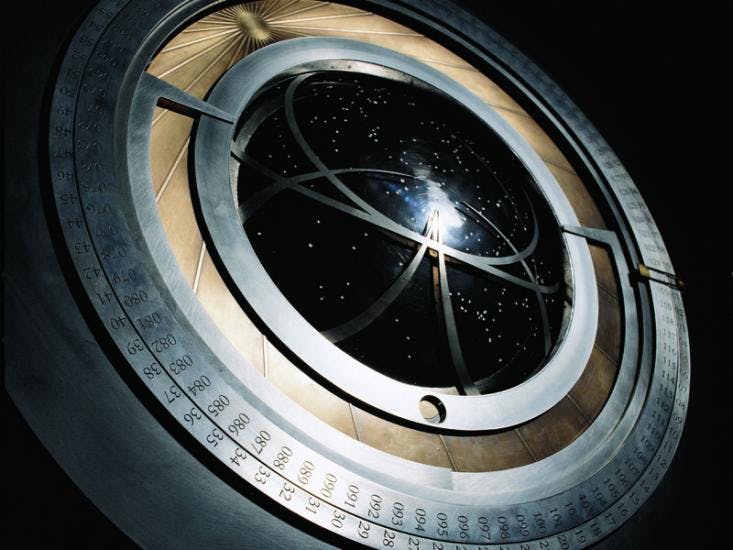When was the last time you awoke right at the first peak of day? Or put away your work simply because night was falling?
We are less and less tied to rhythms of natural time, living instead in the glow of computers and smartphone screens. Our days and nights roll by, marked as much by pings of emails, IMs, and Instagram updates as by the apparent motion of celestial bodies. As our technology and media move ever faster, short-term thought is increasingly necessary to keep up, and long-term foresight is going the way of the dodo.
In this environment, many artists, engineers, thinkers, and dreamers are wrapping their minds around time. Below are four projects that aim to reach out to distant eras, not to dramatically change the far future but to remind us to think about it. In the lifetimes of these projects, our lives, and many generations of our descendants, will pass. Societies will likely be vastly different. We cannot predict where technology will take us in 500 years, let alone 5,000. We cannot predict the ecological issues the Earth will face, or if people will be able to preserve the artifacts intended for them. For these reasons, these projects are designed more like the long-lasting analogue solutions of yesteryear than today’s ephemeral high-tech electronics. No technology can truly be future-proof, but these projects may be the closest that people have come to date.
The Projects
The Long Now Foundation, based in San Francisco, is one future-thinking group. Jeff Bezos, founder of online retail giant Amazon, is a major backer of the group’s signature project, the 10,000 Year Clock. It is being built, in the desert of western Texas, to keep accurate time for the next ten millennia. There is also a closely guarded plan to construct a spaceship port nearby.
The 10,000 Year Clock will be hundreds of feet tall, and placed underground to protect it from environmental insult. A weighted system of pulleys, similar to those found in older clock towers, powers the entire piece. A solar synchronizer is perhaps the most high-tech part of the clock, yet it relies on a simple south-facing window to capture the energy of the noonday sun, heat a chamber of air, and push in a cylinder, which gives the timepiece a daily correction. This also helps keep the pendulum swinging in 10-second intervals, and its twenty gigantic gears turning for millennia.
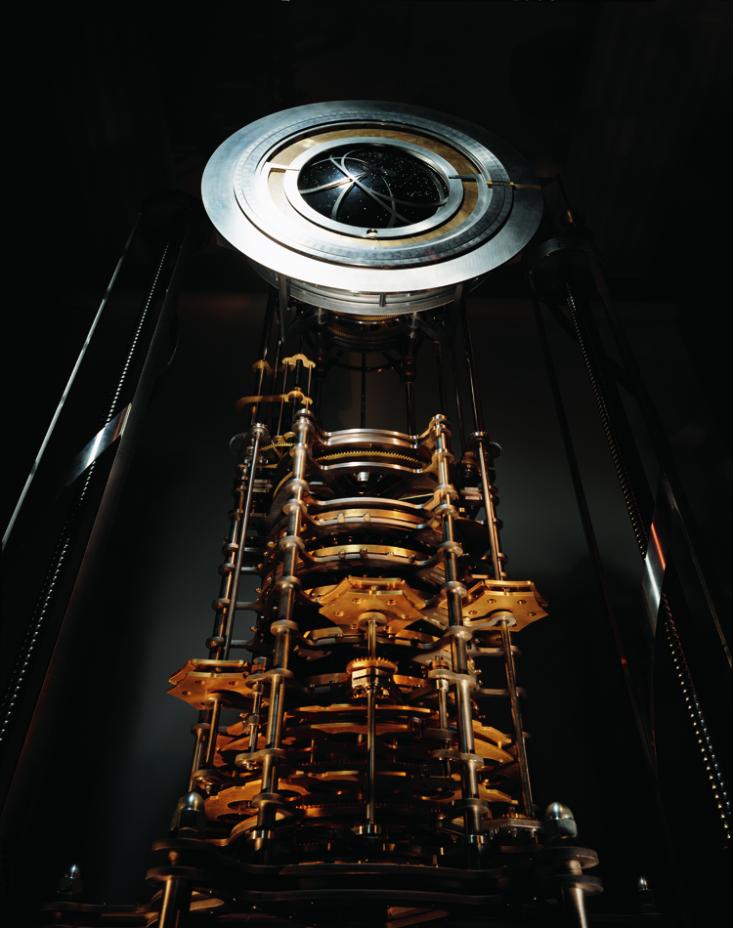
Artist James Turrell has been working to build an observatory in Arizona’s Painted Desert since the early seventies. It is being built within a 400,000-year-old volcanic cinder cone to feel as geologically natural as the Grand Canyon, and contains 20 different rooms in which visitors will be able to see, unaided, a variety of celestial objects, as well as the distinct light from the Sun, the Moon, Venus, and even from extra-galactic sources. Like the ancient Mexican temples of Teotihuacan, which were aligned with the stars and planets, Roden Crater is oriented to reveal specific celestial events, some daily, some quite rare. While planning the observatory, Turrell consulted astronomers to align the rooms’ tunnels and apertures correctly. In this place, one may come close to seeing the very origins of timekeeping itself.
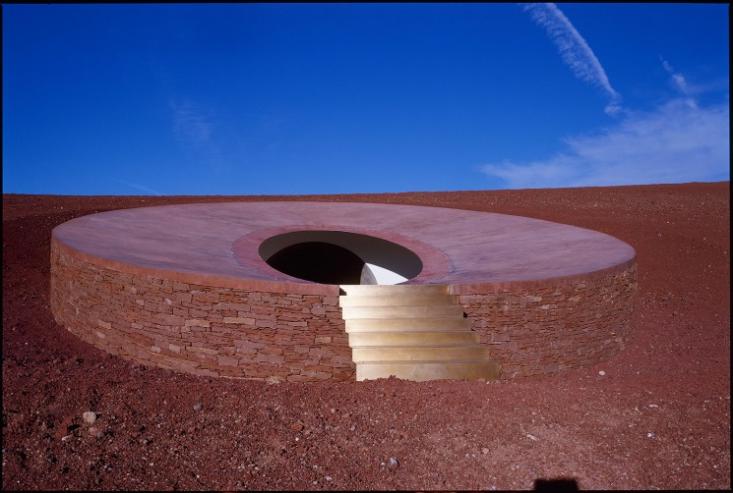
On the project’s website, Turrell explains, “I wanted to make spaces that engaged celestial events in light so that the spaces performed a “music of the spheres” in light. The sequence of spaces, leading up to the final large space at the top of the crater, magnifies events. I have selected different portions of the sky.”
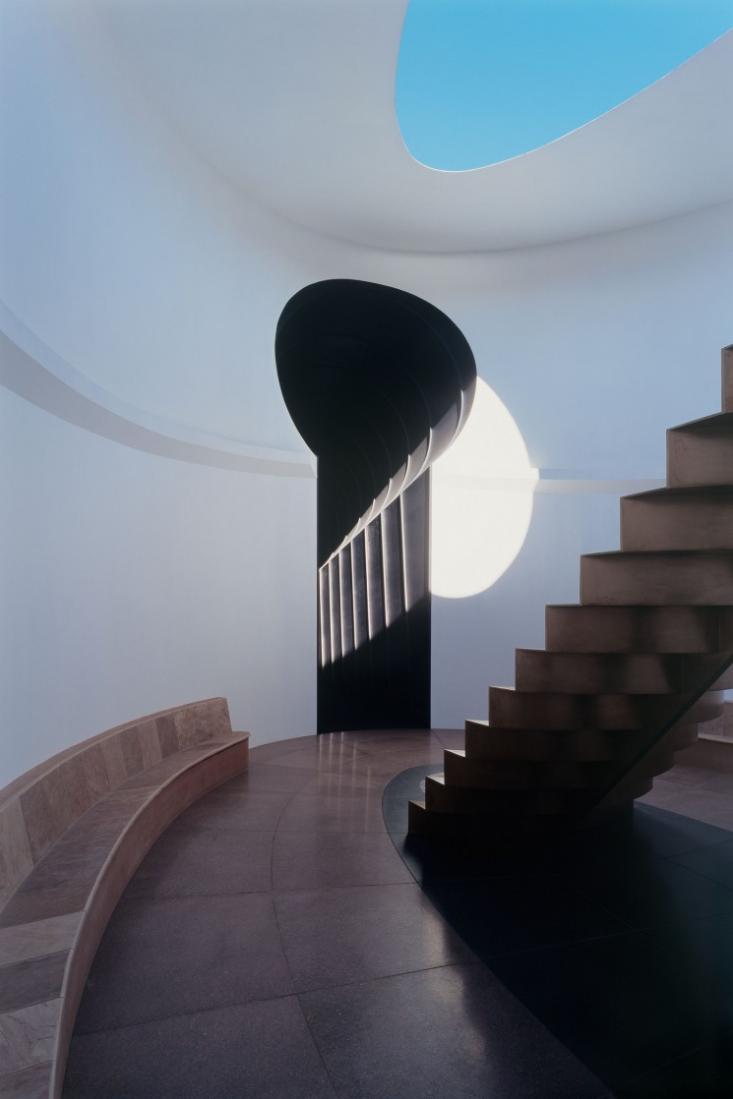
In a church in Halberstadt, Germany, the world’s longest musical composition is being performed. John Cage wrote it in 1987 and did not stipulate how long it should last. This specific performance of Organ²/ASLSP (As SLow aS Possible) began in 2001 and will play until 2640. These dates are also based on a very old technology. The format of today’s musical keyboards, twelve black and white keys per octave, was invented in 1361, in the very German village where the organ now drones away. The duration of the piece is based on this 639-year history. Currently, Organ²/ASLSP is on its thirteenth tone.
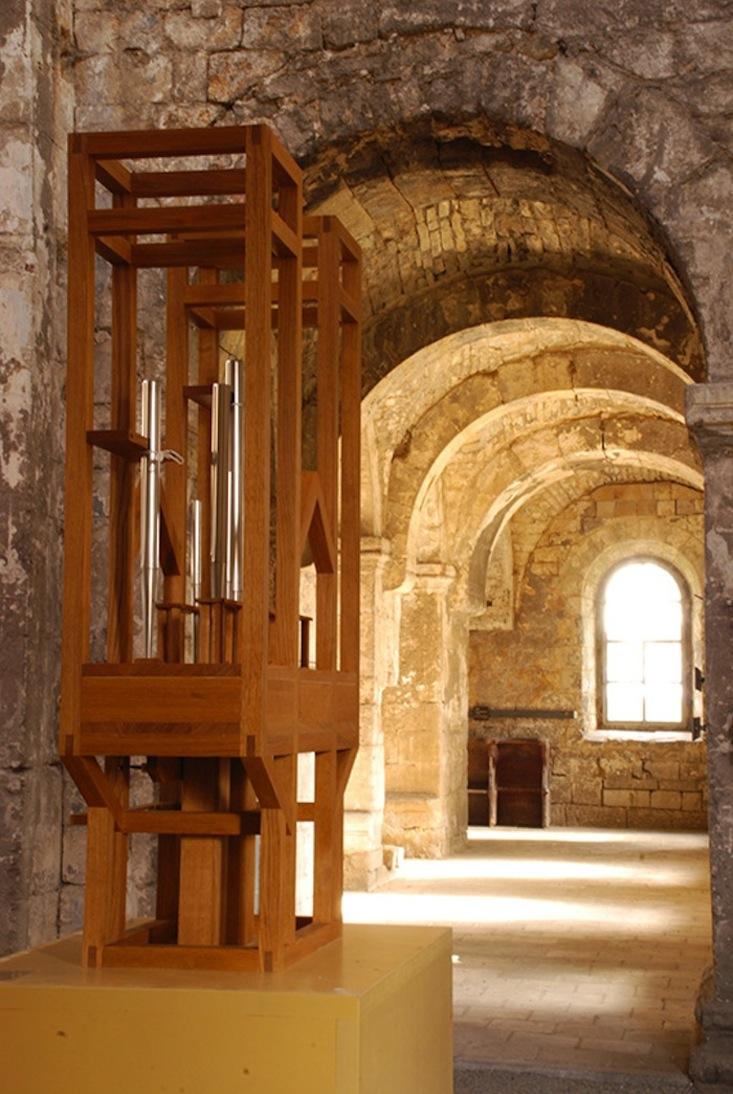
The next tone of Cage’s piece will begin September 5, 2020. By that time, the NASA spacecrafts Voyager I and Voyager II will have traveled past the magnetic influence of our Sun. Launched in 1977, each carries a Golden Record, perhaps the most ambitious time-warping art and science project to date. The 12-inch, gold-plated copper discs contain recordings of music, natural sounds, and greetings in 55 languages. The Voyagers might just make it to other planets and alien beings in 40,000 years.
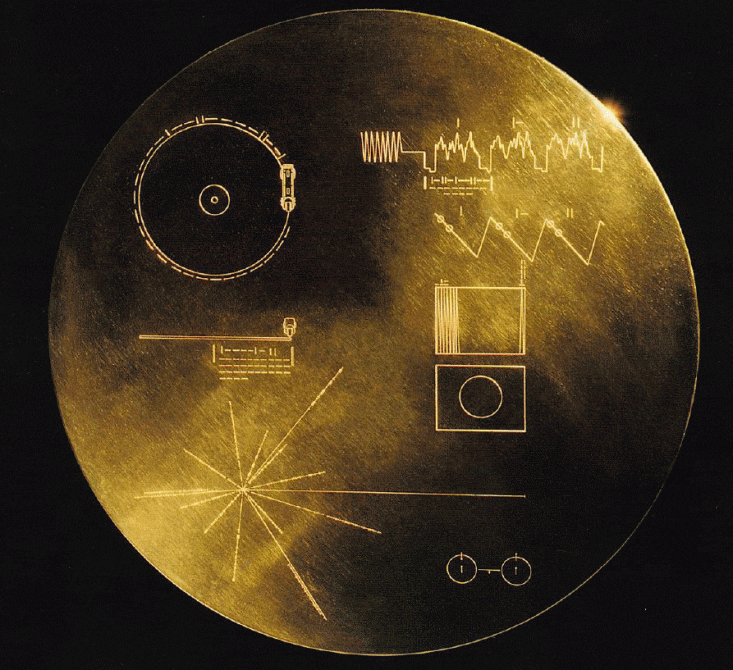
Hieroglyphic-like symbols on the Voyagers’ records describe their operation—the same principal used to work any phonograph. With the included cartridge, it will take very little invention for another being to play it. Compare that to the complexity of playing an MP3 or a compact disc.
What is it all for?
While the Voyagers have returned much valuable information about our Solar System, by 2025 they will be completely out of communication range. What value can we place on the potential to contact alien beings in the year 42,114? What value is a clock that spins for possibly no one, or an observatory built as an impervious part of the Earth, or an organ that plays a single tone for years on end?
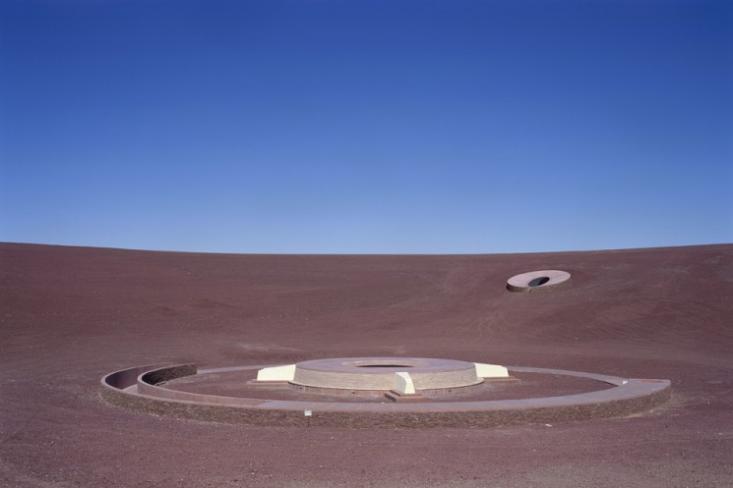
Members of the Long Now Foundation believe that projects like these broaden our idea of where we are in time. It opens us up to greater ideas and promotes long-term thinking they say is necessary for solving the large problems the world faces. In an interview with Wired magazine last June, Bezos described how a plan to end world hunger could succeed if it could be carried out over a century or two, but a five-year plan would most certainly fail. “I believe long-term thinking is an extraordinary lever that lets people accomplish things they couldn’t do otherwise,” he said.
These projects remind us to turn away from our constant distractions, and think of ourselves as part of the far, far future. These works transcend time, and take us somewhere else, connecting our cultures to places and peoples we cannot imagine. It is worth it, for the potential benefits for the generations ahead, as well as our own personal well-being.
As Carl Sagan noted of the Voyagers, “the launching of this bottle into the cosmic ocean says something very hopeful about life on this planet.”
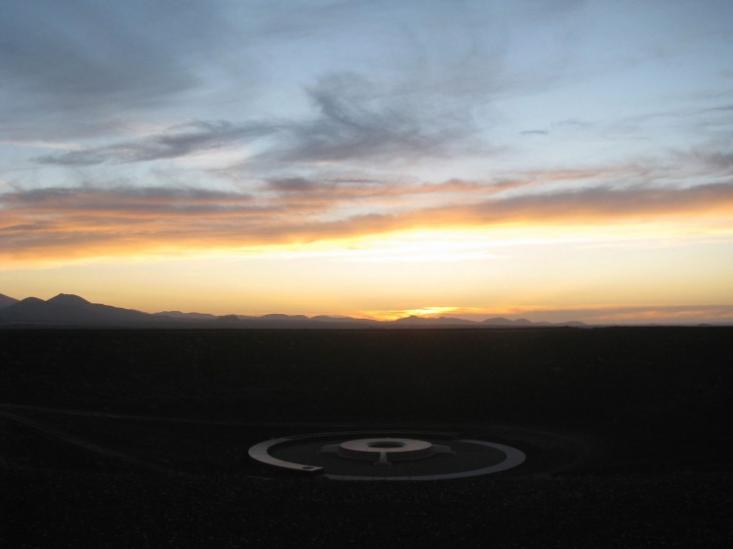
Heather Sparks explores art and science at Science Sparks Art. She studied molecular genetics at The Ohio State University, has a graduate degree in science journalism from New York University, and currently lives in Brooklyn.


